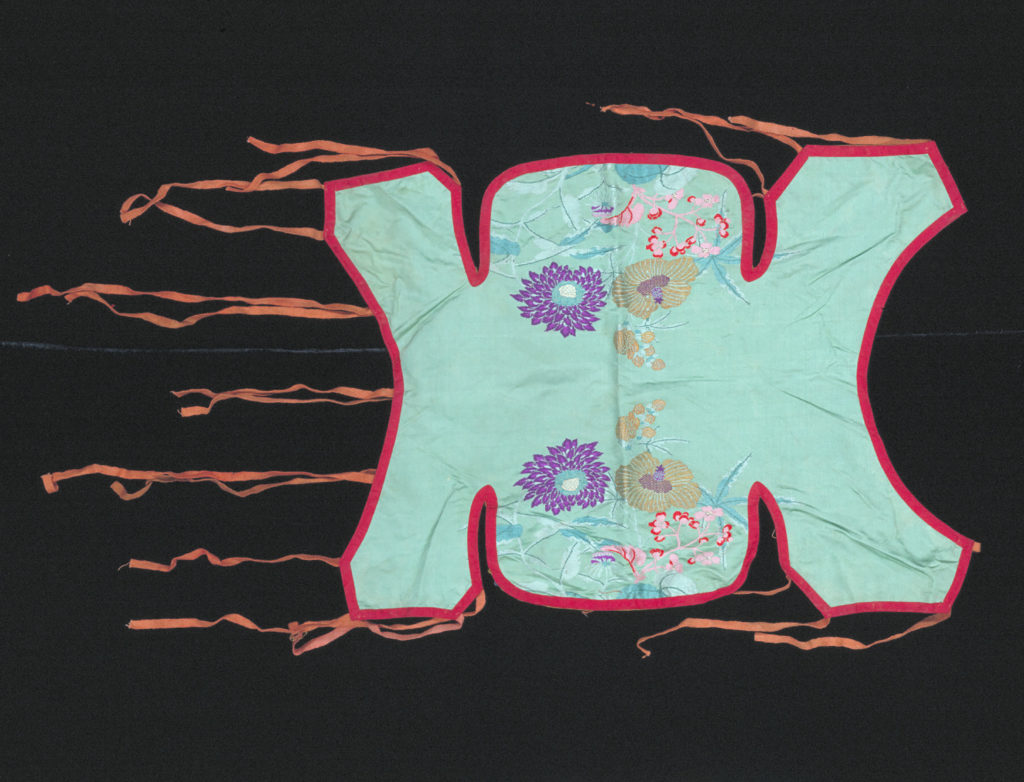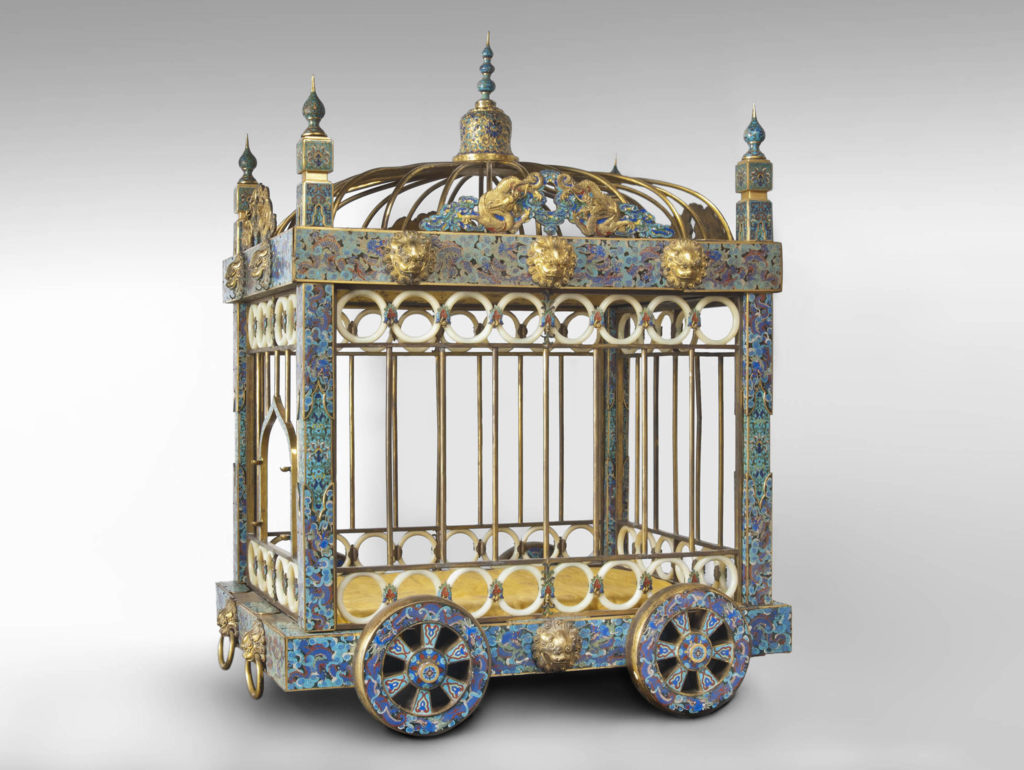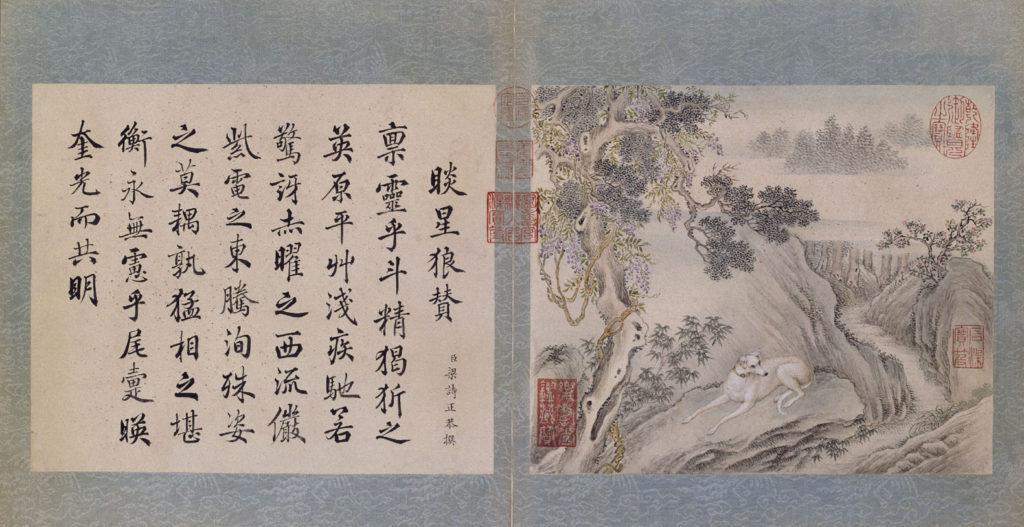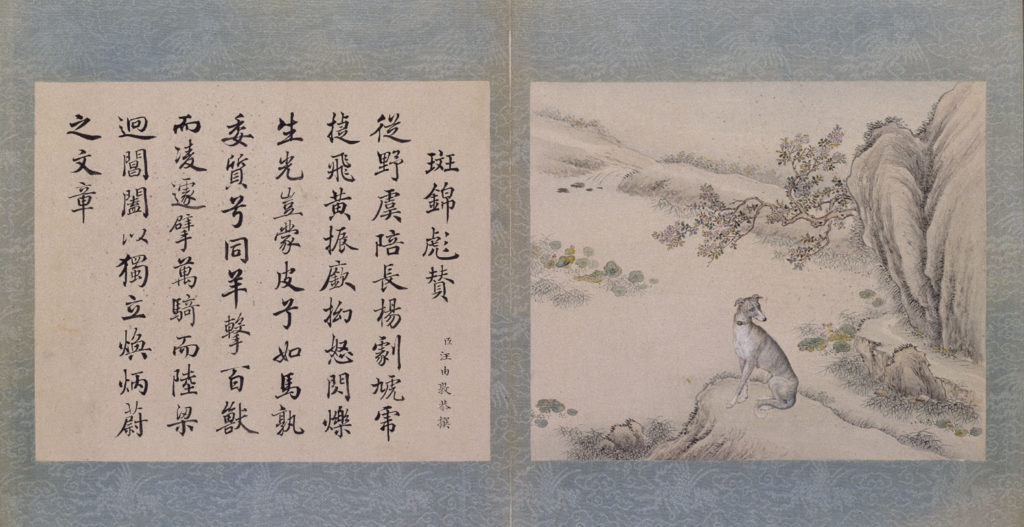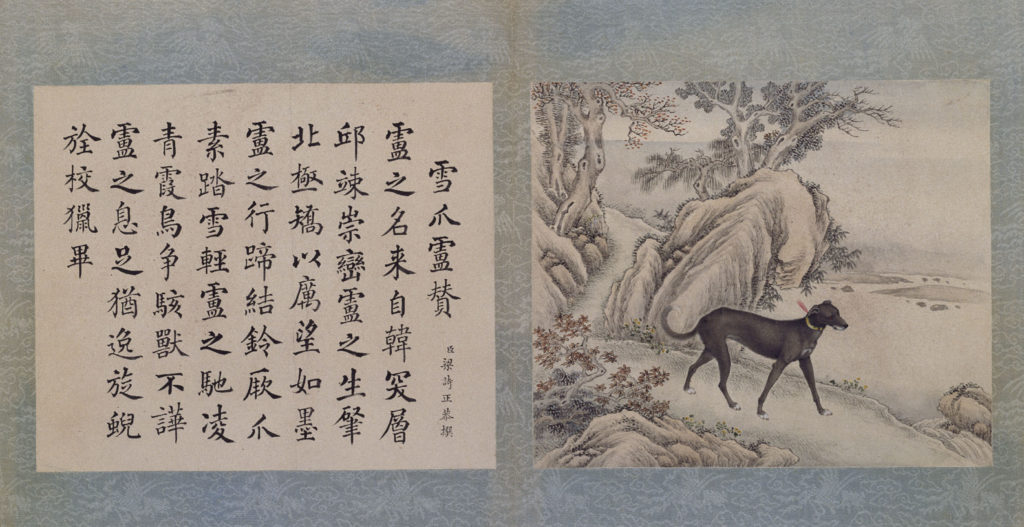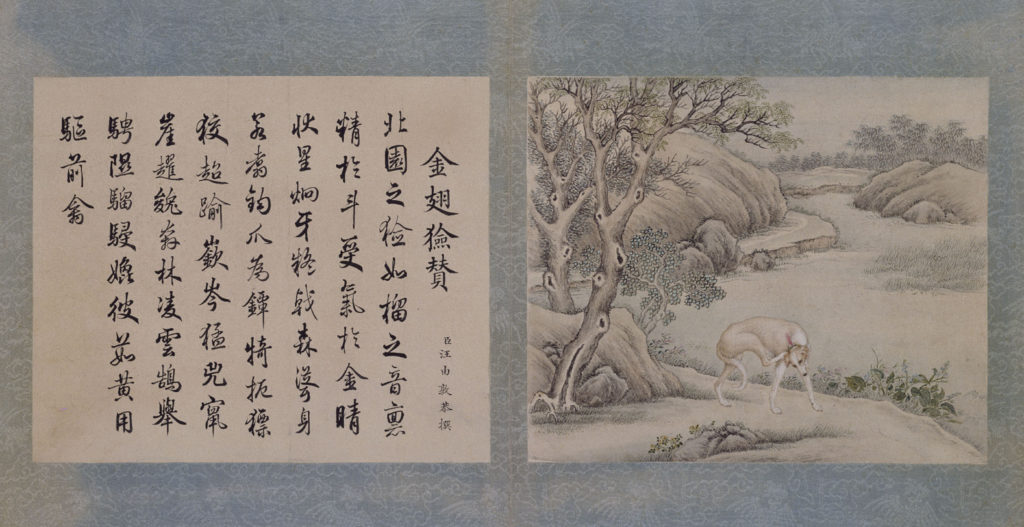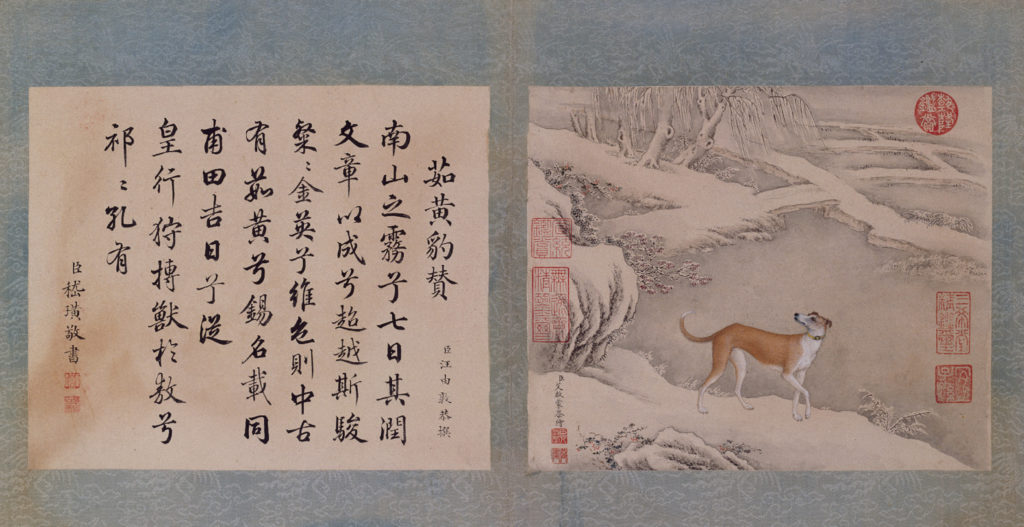The most popular dog breed during the Qing dynasty was the small hound, a type of ancient Chinese hunting dog. Sometimes called the Chinese Saluki, it served as the prototype for the mythical Howling Celestial Dog and is now quite rare. The Empress Dowager Cixi had a preference for Pekinese, Skye Terriers, and Shih-Tzus. Puyi was particularly fond of Western dog breeds, and he procured large British Bulldogs from England and German Shepherds from Germany.
Nowadays, we often give our pets a name of their own, and the ancient Chinese did the same. The Emperor Yongzheng called his favourite dogs Good Luck and A Hundred Blessings, revealing his wish to bestow luck and blessings on his people; the Empress Dowager Cixi called hers Autumn Leaves, Amber, Frosted Persimmon, and Sea Dragon, unleashing her elegance; and Puyi named his kennel of dogs Taige (a transliteration of “tiger”), Pengte (a transliteration of “punt”), Balagu, San’er (meaning The Third One), and Hedian (Radiant Standard), representing himself as the model example of East meets West. The different dog names seem to reflect the different characteristics of their owners!

